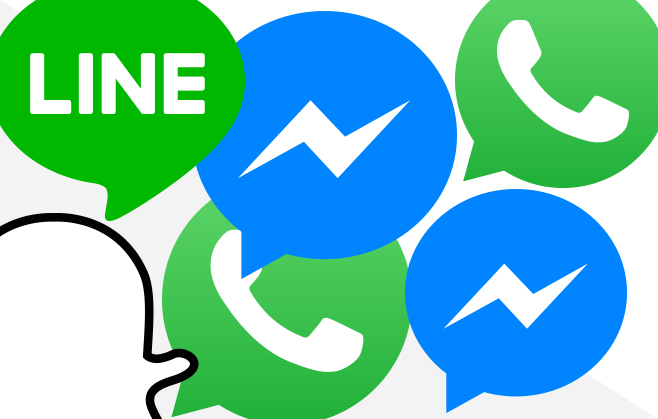
Snapchat: Raising the bar for mobile communication
It seems that Snapchat sets a precedent as far as mobile networking apps are concerned. With several social platforms keen to adopt its features, have they succeeded in increasing their popularity?
We’ve certainly noticed a trend in social apps imitating Snapchat in terms of its fun, lucrative, and user-friendly features. The biggest of late was arguably Instagram, whose “Instagram Stories” feature has no doubt revolutionised the platform’s interactivity. With this feature alone now boasting 100 million daily active viewers, (around two-thirds) of Snapchat’s daily active users, the results are impressive given Stories has only been in existence for just over 2 months. Due to its success, Instagram announced last week that it would now be featuring these in the Explore page too, which we only imagine will cause viewability to skyrocket, (and where brands are concerned), surely boost their exposure too.
So which other platforms are trying to borrow and capitalise on some of Snapchat’s most popular selling-points? Recently for instance, we’ve seen the newest Android beta version of WhatsApp introduce the ability for users to doodle on images and paste stickers in a similar way to Snapchat. Then there was also news from Japanese messaging app Line, who were next to introduce another of the app’s unique features, adding posts that can now last for just 24 hours. Users of the popular network will be able to use the app’s new “clock” icon, choosing whether they want their posts to vanish after 24 hours, or remain on their Timeline.
Likewise, a few months back, Facebook began testing its own Snapchat-esque feature entitled “Quick updates”, which allowed groups to privately share content such as status updates, photos and videos with one another which would vanish after 24 hours. While not viewable in Newsfeed or the recipient’s timeline, these updates were to be housed in a separate section accessed at the top of each user’s feed. However, the tests and launch of this feature were quickly abandoned, sparking speculation that it would not be a popular addition to Facebook’s already extensive mobile app.
Facebook has however, spent a lot of time over the years trying to replicate Snapchat’s ephemeral post feature, with the launch of 1-hour self-destructing messages in Messenger for instance, and other standalone apps such as Poke and Slingshot. If we cast our minds back a couple of years, Poke was created at around the same time as Snapchat, and was introduced to enable users to send and receive quick 10-second long image and video messages. Poke failed to take off though, with Facebook eradicating the app back in 2014. The company’s other app, Slingshot, was regarded by many as a replica of Snapchat when it was introduced in the same year, with features such as disappearing messages and stories, caption and doodle capabilities, and a visually similar feed. While unique in the fact that users had to send images before they could open ones from other users, the app’s overall design and functionality were incredibly similar. Perhaps this similarity resulted in Facebook scrapping the app back in 2015- we imagine that the problem with having too many similar apps available is that audiences will tend to show overwhelming preference for one.
Do you regularly use a variety of different mobile networking apps? And do you think these have improved or are benefitting by adopting similar features to Snapchat? We’d love to hear your thoughts, so please tweet to us @PracticeDigital and share your comments on our Facebook page.




